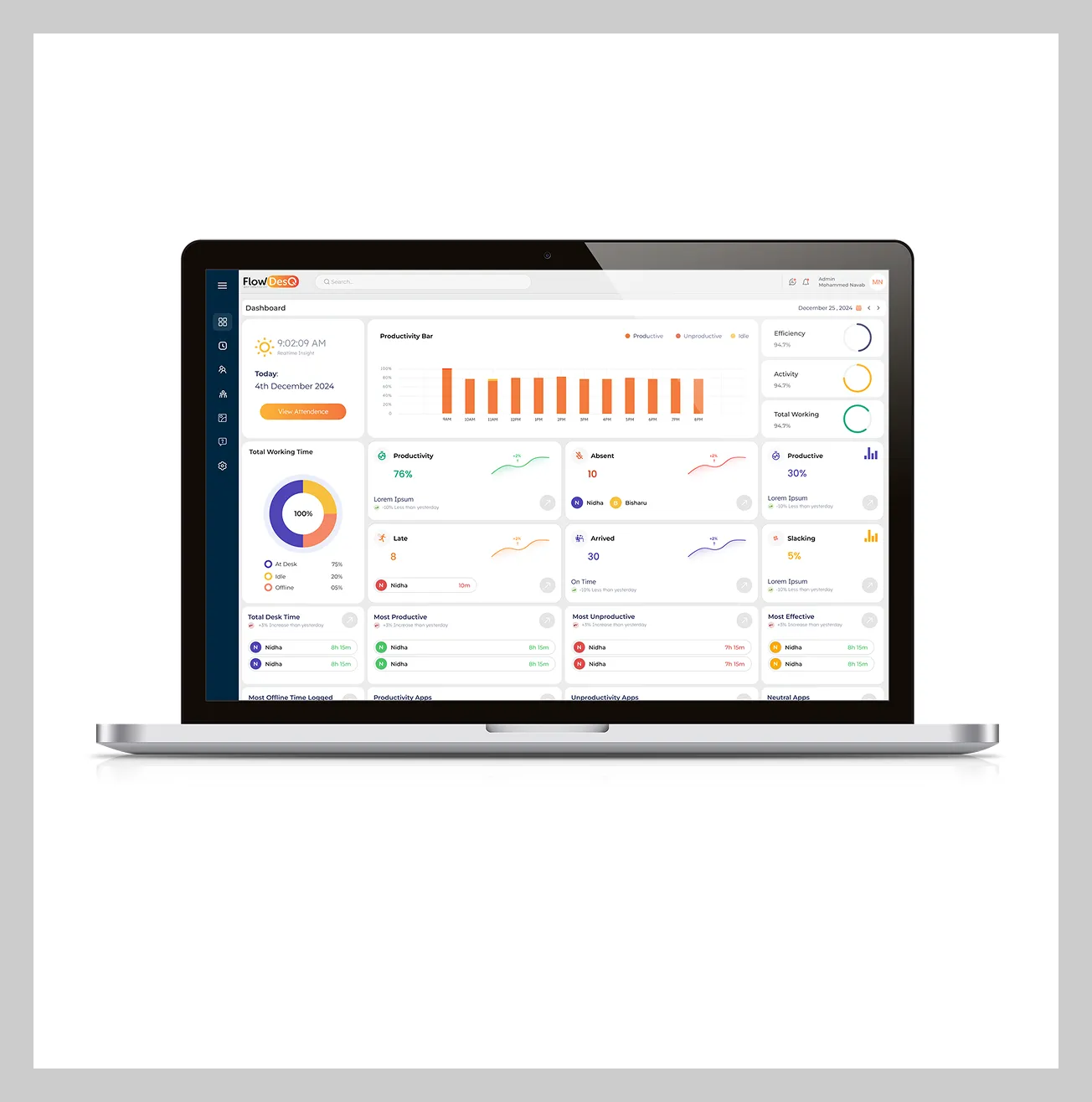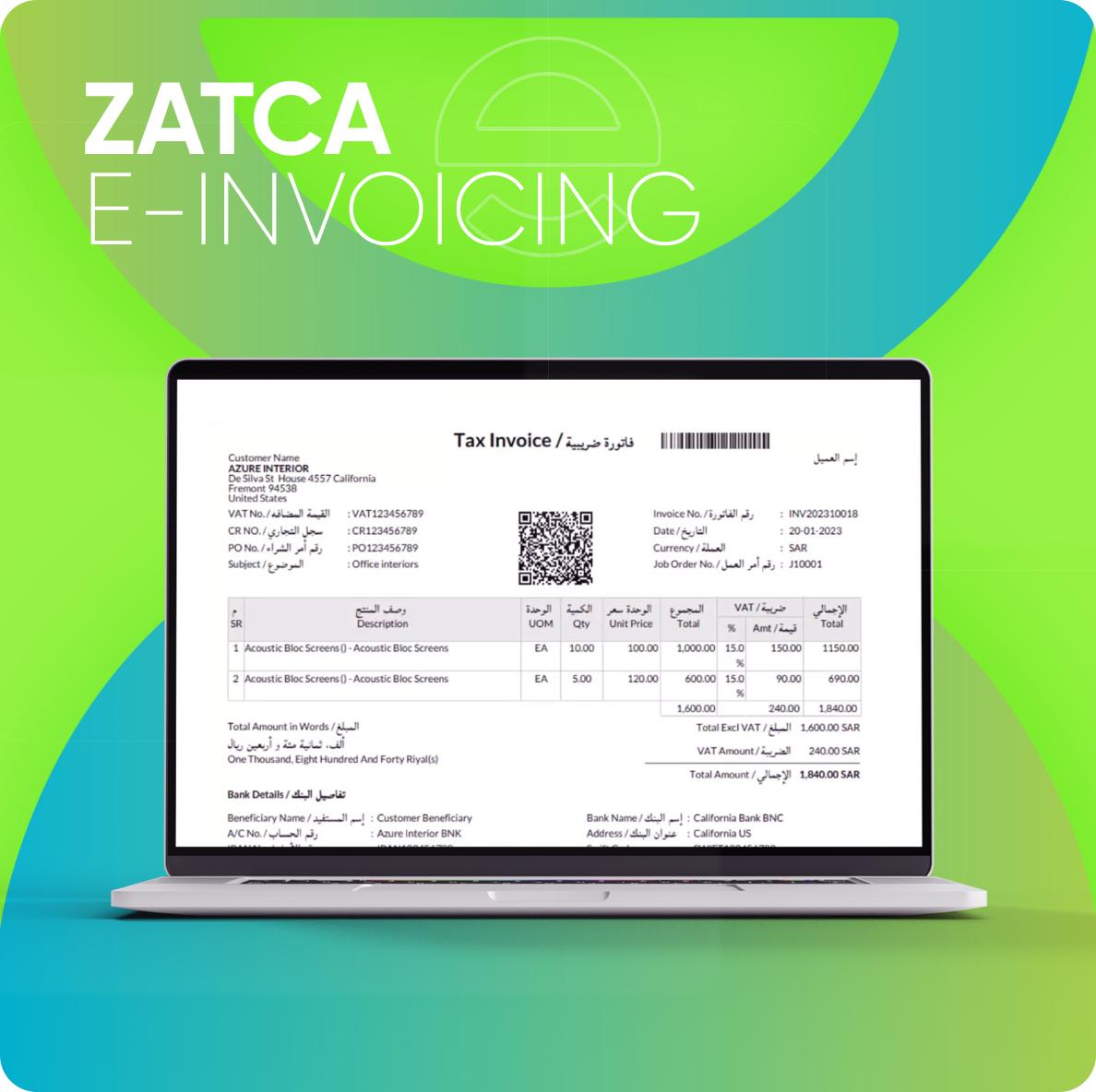Human-centered design: Software design with the user at heart
The success of any software ultimately depends on the hassle-free design structure that has the needs of the user at its heart. This is where Human-centered design, a design approach that focuses on understanding and meeting the needs, wants, and limitations of the end-users or consumers of a product, comes into play.
Human-centered design involves close collaboration between the end users, developers, and stakeholders to create products that meet the needs and expectations of the users. This approach is now one of the software development industry's cornerstones as it helps develop intuitive, user-friendly products that meet the specific needs of different users.
Step 1: Measuring user requirements
The first step in Human-centered design is to understand the users and their needs. Getting into the clients' shoes and taking the proper measurements is critical in this step. This step comprises primarily of user research or surveying through user data. User research is done through surveys, interviews, and observation, and it helps to gain insights into the needs, wants, limitations, and aspirations the end user might have for the software.
Step 2: Creating the persona
At the end of the project's research phase, the next step is to use the insights to create personas. These are fictional characters that represent the different types of users. Personas help to understand the users' needs, motivations, and behaviors and serve as a reference for designers and developers throughout the development process. This will become key for developers to ideate and visualize their client requirements.
Step 3: Ideate and Prototype
The third step is to ideate and prototype. Ideation involves the process of generating a large number of usable solutions for solving the user's problem. This phase scrutinizes ideas to filter them down to select the best ones.
The next step is to ideate and prototype. Ideation involves generating many ideas for solving the users' problems and selecting the best one. Prototyping is developing a visual representation of a product to test its functionality and design. The prototyping stage enables you to collect input from users, stakeholders, and designers and make modifications to the plan before it is completed.
The Final step: Test and Refine the product
To validate the product's design and functionality, testing and refining the product is vital. User testing can be done through surveys, usability testing, and focus groups. The user testing results are used to fine-tune the product and make necessary changes before it is released. This can be an iterative or a loop that involves the active participation of all people involved to refine the end product that will eventually meet all customer requirements.
The benefits of Human-centred design
This iterative design process has numerous advantages. One of the main focuses is that it results in a better user experience. Products are designed to be intuitive and user-friendly by focusing on the user. This tunnel focus on developing to the user's specification contributes to much greater user engagement, adoption, and satisfaction.
As a consequence of this process, Human-centered design increases efficiency and productivity. Products can be designed to automate repetitive tasks, streamline processes and reduce the time and effort required to complete a task by understanding the users' needs.
It can also play a key role in boosting innovation and competitiveness. Products can be designed to offer new and unique features that provide a competitive advantage by focusing on the users' needs.
Let's look at how human-centered design principles help users and developers.
Skyrocket User satisfaction
The satisfaction of end-users is one of the primary benefits of HCD (Human-centred design). Users' needs, preferences, and pain points are considered when they participate in the design process. Users will have an active role in the design process; they are not made to be spectators. As a result, they have a product that meets their expectations and is simple to use. This has the potential to increase user satisfaction and loyalty.
Deflate the cost balloon
HCD can also assist in lowering development costs. It is easier to develop a product that meets user needs and preferences if they are identified early in the design process. This means there is less need for costly redesigns or iterations, which can be time-consuming and expensive.
Roll the gears with Increased efficiency
HCD can also help reduce development costs. It is simpler to produce a product that meets user preferences and requirements if it is established early in the development process. This implies less need for costly redesigns or iterations, which can be time-consuming and expensive.
Sharpen the edge on usability
Usability is an essential consideration in software design. HCD ensures that the product is simple to use and intuitive. This can encourage new users to reduce their learning curve and make fewer errors or mistakes. Improved usability can also minimize user distress and boost user satisfaction.
Move ahead with a Competitive advantage
HCD can also help you gain a competitive advantage. A product designed with the end user in mind in a crowded marketplace can stand out. This can help the product stand out from competitors and attract new customers.
Improve Accessibility
Finally, HCD can aid in the accessibility of software products. When the needs of disabled users are considered, it can result in a product that is more inclusive and accessible to a broader range of users. This can help to increase the product's overall impact.
To summarise, human-centered design is an essential component of software development. It helps to create intuitive, user-friendly products, and meet the specific needs of different groups of users besides focusing on their needs, wants, and limitations.
Human-centered design is an iterative technique that demands close cooperation among designers, developers, and stakeholders. It results in a better user experience, increased efficiency and productivity, and increased competitiveness and creativity.
A lack of understanding of software design principles can result in a wrong product that does not garner user attention. To avoid such a situation, it's always best to employ IT developers knowledgeable about such principles when it comes to software development.
Fortunately for you, Veuz Concepts has a team of experts that is laser-focused on user needs. We have experts that can help you in all of Saudi Arabia (KSA). We implement a user-centered design in our services to help you overcome any challenges.
















Leave a comment